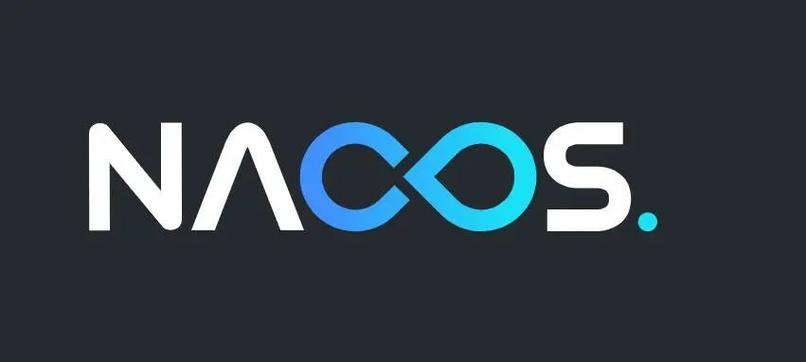调用方法
我们已经能通过Class实例获取所有Field对象,同样的,可以通过Class实例获取所有Method信息。Class类提供了以下几个方法来获取Method:
Method getMethod(name, Class...):获取某个public的Method(包括父类)Method getDeclaredMethod(name, Class...):获取当前类的某个Method(不包括父类)Method[] getMethods():获取所有public的Method(包括父类)Method[] getDeclaredMethods():获取当前类的所有Method(不包括父类)
我们来看一下示例代码:
// reflection
public class Main {
public static void main(String[] args) throws Exception {
Class stdClass = Student.class;
// 获取public方法getScore,参数为String:
System.out.println(stdClass.getMethod("getScore", String.class));
// 获取继承的public方法getName,无参数:
System.out.println(stdClass.getMethod("getName"));
// 获取private方法getGrade,参数为int:
System.out.println(stdClass.getDeclaredMethod("getGrade", int.class));
}
}
class Student extends Person {
public int getScore(String type) {
return 99;
}
private int getGrade(int year) {
return 1;
}
}
class Person {
public String getName() {
return "Person";
}
}上述代码首先获取Student的Class实例,然后,分别获取public方法、继承的public方法以及private方法,打印出的Method类似:
public int Student.getScore(java.lang.String)
public java.lang.String Person.getName()
private int Student.getGrade(int)一个Method对象包含一个方法的所有信息:
getName():返回方法名称,例如:"getScore";getReturnType():返回方法返回值类型,也是一个Class实例,例如:String.class;getParameterTypes():返回方法的参数类型,是一个Class数组,例如:{String.class, int.class};getModifiers():返回方法的修饰符,它是一个int,不同的bit表示不同的含义。
调用方法
当我们获取到一个Method对象时,就可以对它进行调用。我们以下面的代码为例:
String s = "Hello world";
String r = s.substring(6); // "world"如果用反射来调用substring方法,需要以下代码:
// reflection
import java.lang.reflect.Method;
public class Main {
public static void main(String[] args) throws Exception {
// String对象:
String s = "Hello world";
// 获取String substring(int)方法,参数为int:
Method m = String.class.getMethod("substring", int.class);
// 在s对象上调用该方法并获取结果:
String r = (String) m.invoke(s, 6);
// 打印调用结果:
System.out.println(r); // "world"
}
}注意到substring()有两个重载方法,我们获取的是String substring(int)这个方法。思考一下如何获取String substring(int, int)方法。
对Method实例调用invoke就相当于调用该方法,invoke的第一个参数是对象实例,即在哪个实例上调用该方法,后面的可变参数要与方法参数一致,否则将报错。
调用静态方法
如果获取到的Method表示一个静态方法,调用静态方法时,由于无需指定实例对象,所以invoke方法传入的第一个参数永远为null。我们以Integer.parseInt(String)为例:
// reflection
import java.lang.reflect.Method;
public class Main {
public static void main(String[] args) throws Exception {
// 获取Integer.parseInt(String)方法,参数为String:
Method m = Integer.class.getMethod("parseInt", String.class);
// 调用该静态方法并获取结果:
Integer n = (Integer) m.invoke(null, "12345");
// 打印调用结果:
System.out.println(n);
}
}调用非public方法
和Field类似,对于非public方法,我们虽然可以通过Class.getDeclaredMethod()获取该方法实例,但直接对其调用将得到一个IllegalAccessException。为了调用非public方法,我们通过Method.setAccessible(true)允许其调用:
// reflection
import java.lang.reflect.Method;
public class Main {
public static void main(String[] args) throws Exception {
Person p = new Person();
Method m = p.getClass().getDeclaredMethod("setName", String.class);
m.setAccessible(true);
m.invoke(p, "Bob");
System.out.println(p.name);
}
}
class Person {
String name;
private void setName(String name) {
this.name = name;
}
}此外,setAccessible(true)可能会失败。如果JVM运行期存在SecurityManager,那么它会根据规则进行检查,有可能阻止setAccessible(true)。例如,某个SecurityManager可能不允许对java和javax开头的package的类调用setAccessible(true),这样可以保证JVM核心库的安全。
多态
我们来考察这样一种情况:一个Person类定义了hello()方法,并且它的子类Student也覆写了hello()方法,那么,从Person.class获取的Method,作用于Student实例时,调用的方法到底是哪个?
// reflection
import java.lang.reflect.Method;
public class Main {
public static void main(String[] args) throws Exception {
// 获取Person的hello方法:
Method h = Person.class.getMethod("hello");
// 对Student实例调用hello方法:
h.invoke(new Student());
}
}
class Person {
public void hello() {
System.out.println("Person:hello");
}
}
class Student extends Person {
public void hello() {
System.out.println("Student:hello");
}
}运行上述代码,发现打印出的是Student:hello,因此,使用反射调用方法时,仍然遵循多态原则:即总是调用实际类型的覆写方法(如果存在)。上述的反射代码:
Method m = Person.class.getMethod("hello");
m.invoke(new Student());实际上相当于:
Person p = new Student();
p.hello();小结
Java的反射API提供的Method对象封装了方法的所有信息:
通过Class实例的方法可以获取Method实例:getMethod(),getMethods(),getDeclaredMethod(),getDeclaredMethods();
通过Method实例可以获取方法信息:getName(),getReturnType(),getParameterTypes(),getModifiers();
通过Method实例可以调用某个对象的方法:Object invoke(Object instance, Object... parameters);
通过设置setAccessible(true)来访问非public方法;
通过反射调用方法时,仍然遵循多态原则。
本文链接:https://www.lifd.site/docs/java/fan-she/diao-yong-fang-fa/



